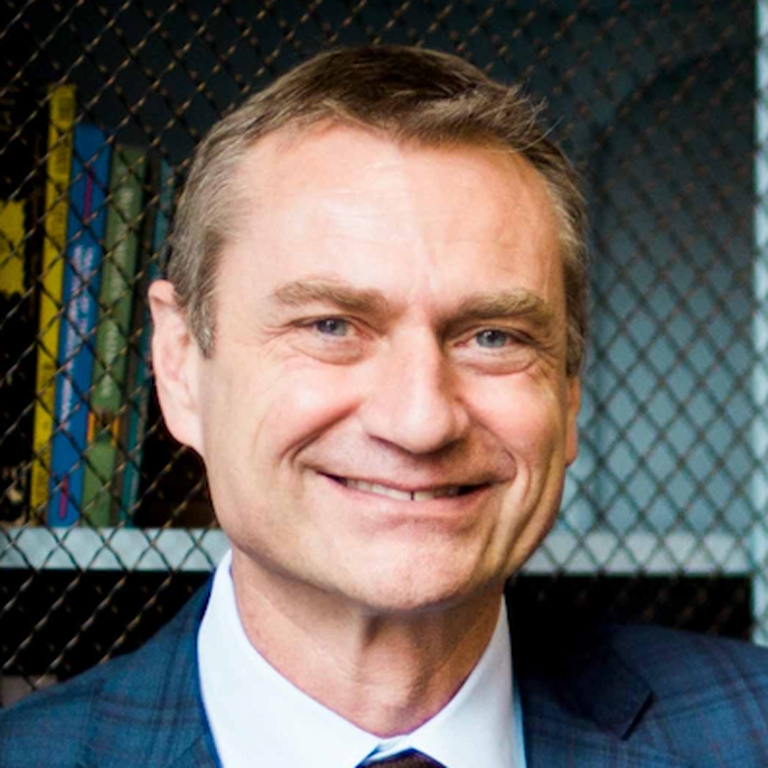Bringing IU to you
The College of Arts and Sciences' Food for Thought livestream series serves as an opportunity for our alumni and friends to hear from faculty experts, explore topics of interest, and stay connected with Indiana University and the College. These online programs are free and recorded so you can participate regardless of your location or schedule.



